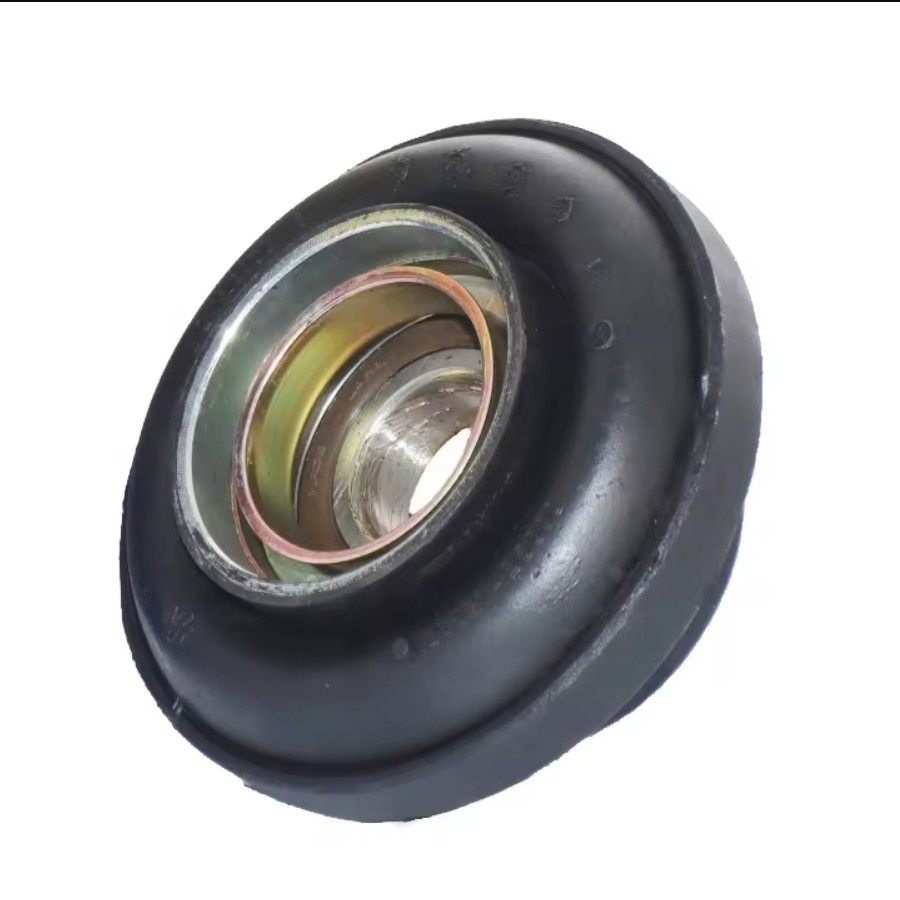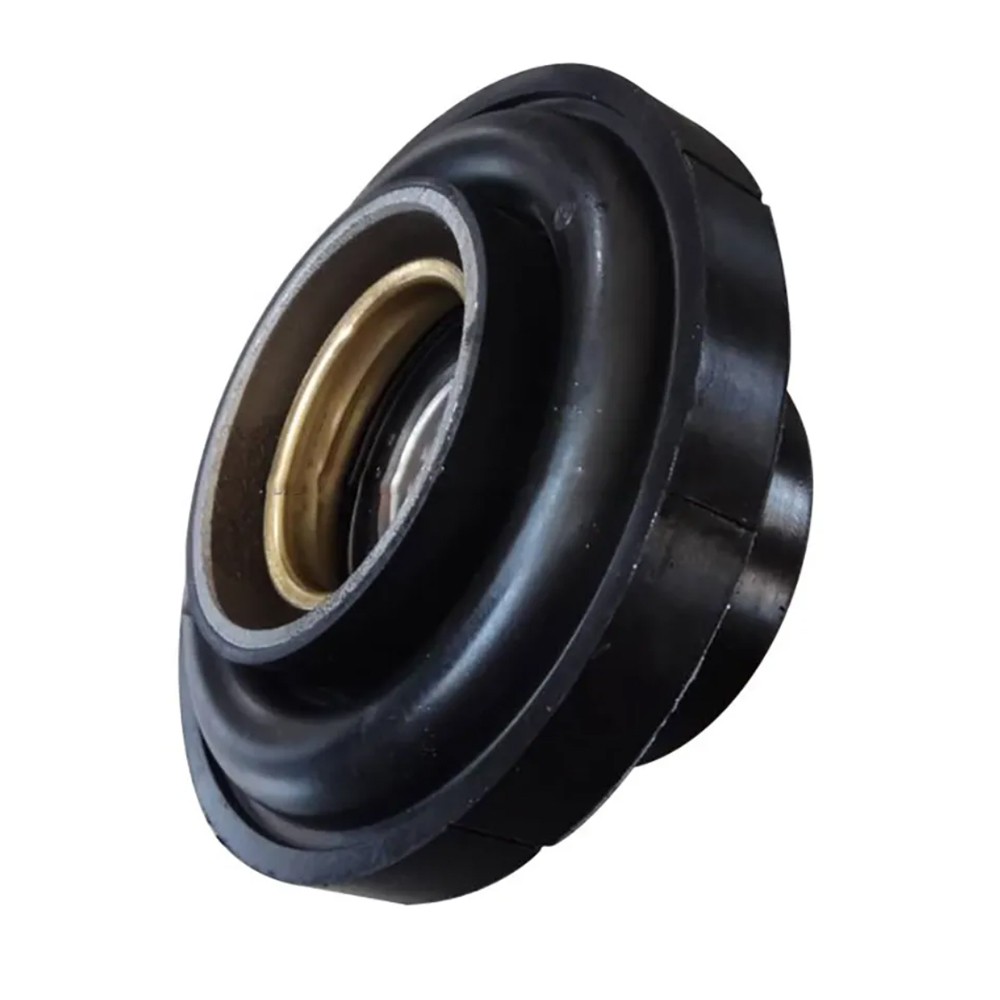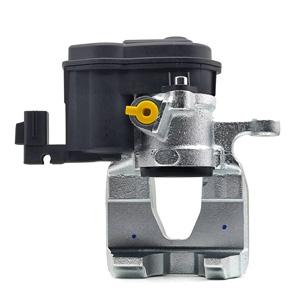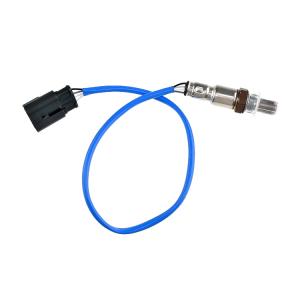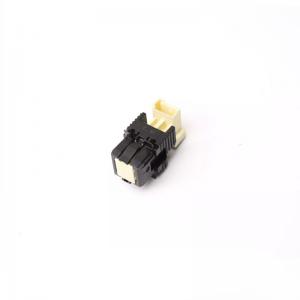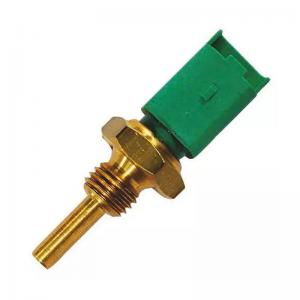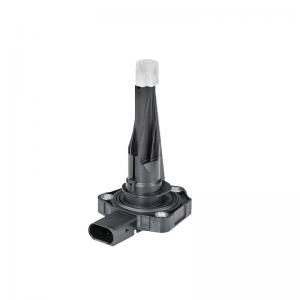Drive Shaft Center Support Bearing
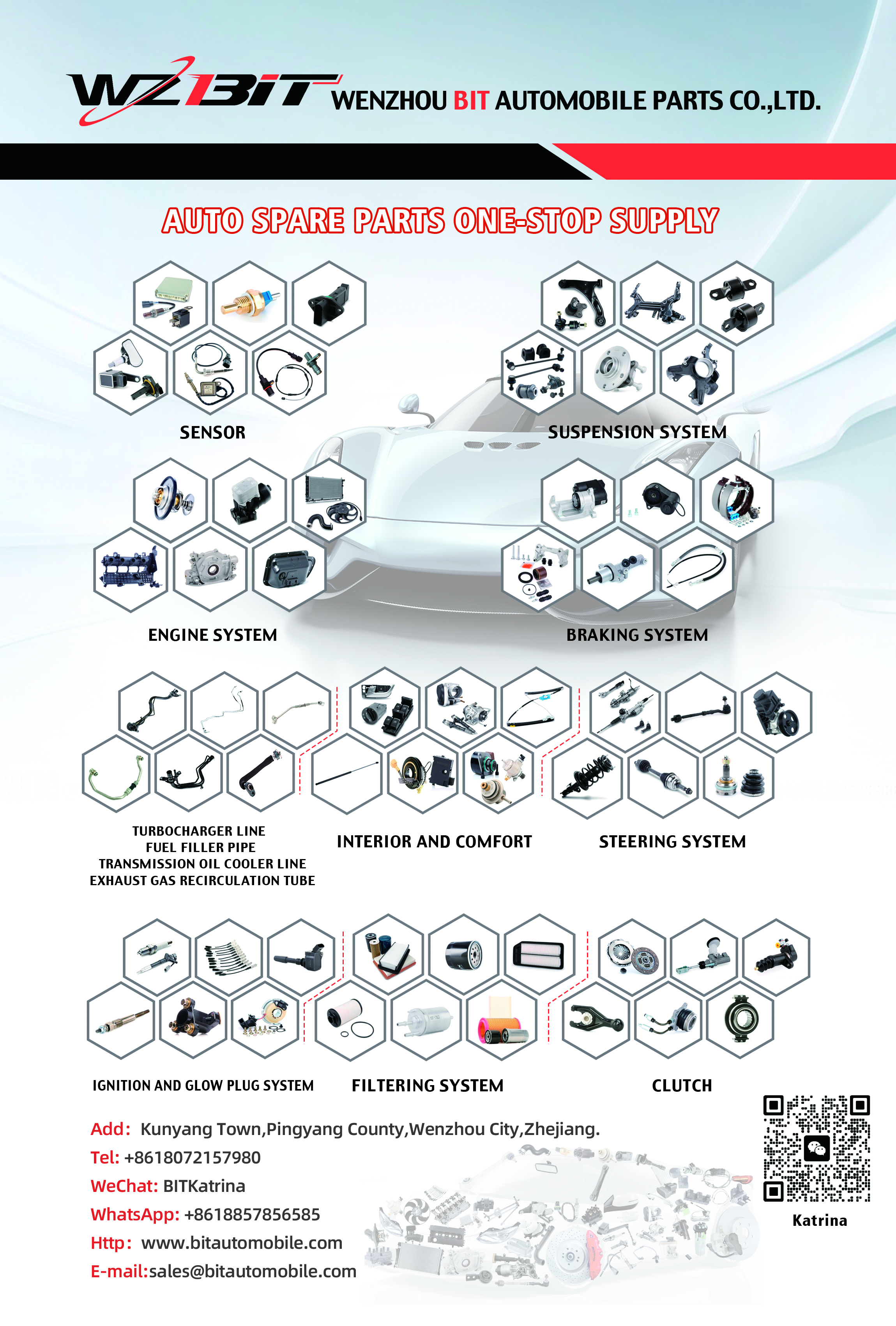
The propshaft mounting, also known as the propeller shaft support bearing or center support bearing, is a crucial component in a vehicle’s drivetrain. Its primary function is to support the propshaft (driveshaft) and maintain its alignment, ensuring smooth and efficient transfer of torque from the transmission to the differential.

OE Number
37521B5000
Compatible Applications
NISSAN 620 PICKUP 1973-1979
Construction
A typical propshaft mounting consists of:
- Bearing: The central component that supports the rotating propshaft, allowing it to spin freely while minimizing friction.
- Rubber Isolator: Surrounds the bearing and absorbs vibrations and shocks, enhancing ride comfort and reducing noise.
- Mounting Bracket: A metal bracket that secures the assembly to the vehicle’s chassis or frame, ensuring proper alignment and stability.
- Seals: Protect the bearing from dirt, water, and other contaminants, ensuring longevity and smooth operation.
Operation
1. Support and Alignment: The propshaft mounting supports the length of the propshaft, particularly in vehicles with long driveshafts or multiple sections, maintaining its alignment between the transmission and the differential.
2. Vibration Dampening: The rubber isolator absorbs and dampens vibrations and shocks from the road and drivetrain, preventing them from being transmitted to the vehicle’s cabin.
3. Smooth Rotation: The bearing allows the propshaft to rotate smoothly, ensuring efficient torque transfer with minimal friction and wear.
Importance
- Drivetrain Stability: Maintains the propshaft’s alignment and stability, preventing excessive movement and wear.
- Vibration Reduction: Reduces vibrations and noise, enhancing ride comfort and protecting other drivetrain components.
- Longevity: Protects the propshaft and associated components from damage due to misalignment or excessive vibration.
Maintenance
Regular inspection and maintenance of the propshaft mounting are crucial for drivetrain health:
- Visual Inspection: Regularly check for signs of wear, damage, or deterioration in the rubber isolator and mounting bracket.
- Noise Monitoring: Listen for unusual noises such as clunking, whining, or grinding, which may indicate a failing bearing or mounting.
- Vibration Check: Monitor for excessive vibrations, particularly when accelerating or driving at high speeds, which can indicate mounting issues.
Replacement
If the propshaft mounting shows signs of wear, damage, or failure, it should be replaced to maintain proper drivetrain function. Replacement typically involves:
1. Lifting the Vehicle: Safely raise and support the vehicle to access the propshaft and its mounting.
2. Removing the Propshaft: Unbolt and remove the propshaft from the transmission and differential, taking care to mark the alignment for reassembly.
3. Removing the Old Mounting: Unbolt and remove the old propshaft mounting, including the bearing and isolator.
4. Installing the New Mounting: Install the new propshaft mounting with a new bearing and rubber isolator, ensuring it is properly aligned and secured.
5. Reinstalling the Propshaft: Reattach the propshaft, ensuring it is correctly aligned and torqued to the manufacturer’s specifications.
6. Testing: Lower the vehicle and test drive to ensure proper operation, alignment, and absence of vibrations or noises.
In summary, the propshaft mounting is a vital component that supports the propshaft, maintains alignment, and reduces vibrations. Regular inspection, maintenance, and timely replacement of the propshaft mounting are essential for ensuring smooth power transfer, drivetrain stability, and overall vehicle performance.
Send your message to us:


